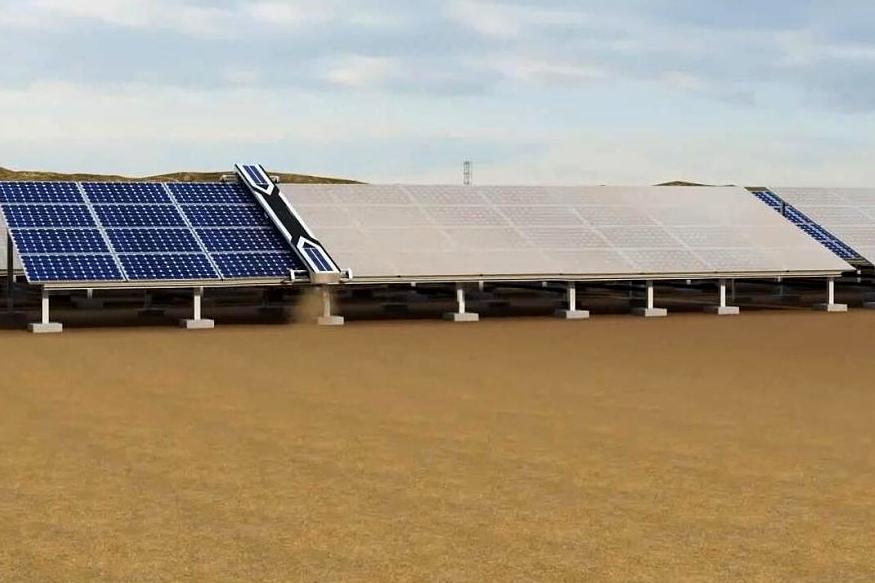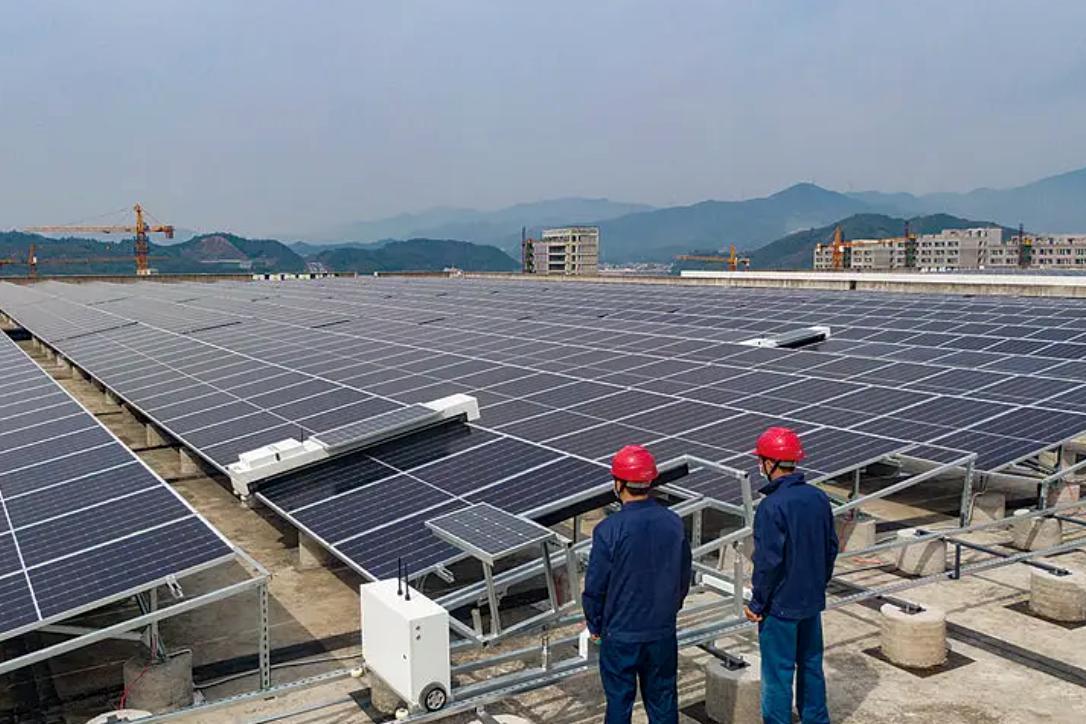Photovoltaic cleaning robots have undoubtedly revolutionised the way solar power plants are maintained. These robots offer significant advantages over traditional manual cleaning methods, not only saving costs but also maximising power generation efficiency.
One of the most obvious benefits of using photovoltaic cleaning robots over manual cleaning is the increased efficiency they bring to power plants. Over time, solar panels can accumulate dirt, dust, pollen and other debris that can significantly reduce their ability to convert sunlight into electricity. This build-up can lead to reduced power generation, resulting in financial losses for power plant operators. Using robots with advanced cleaning technology ensures that solar panels are always clean, maximising their power generation capabilities.

In addition, photovoltaic cleaning robots enable power plants to achieve higher power generation efficiency by regularly and autonomously cleaning solar panels. Unlike manual cleaning, which is often infrequent and inconsistent due to labour costs and time constraints, robots can perform cleaning tasks continuously and efficiently. Designed as an automated system, these robots can operate according to a pre-programmed schedule or on demand, ensuring optimal panel cleanliness, thereby increasing energy production.
Another benefit of using photovoltaic cleaning robots is that they can reduce costs. Manual cleaning methods involve significant labour costs, as a team of workers must be hired to perform cleaning tasks on a regular basis. This not only increases operating costs, but also creates safety risks for the workers involved. In contrast, robotic cleaning systems eliminate the need for manual labour because the robots can operate autonomously in all weather conditions. By reducing labour costs, plant operators can invest in other areas of the business to further increase the profitability of solar power generation.

In addition, photovoltaic cleaning robots can access difficult and dangerous areas that would otherwise be difficult or dangerous to clean manually. Many solar power plants are built in remote or harsh environments, making certain areas of the panels difficult and sometimes unsafe for humans to reach. Thanks to advanced engineering and design, cleaning robots can navigate such terrain and ensure a thorough cleaning process. This ensures that the entire surface area of the panel is effectively cleaned, optimising energy production.
In summary, photovoltaic cleaning robots have obvious advantages over manual cleaning methods. By using these robots in power plants, solar panels can be kept clean, maximising their ability to convert sunlight into electricity and significantly increasing the efficiency of power generation. By operating autonomously and following pre-defined cleaning schedules, robots ensure an efficient cleaning process, unlike manual cleaning, which is infrequent and inconsistent. In addition, the use of photovoltaic cleaning robots eliminates the need for manual labour, reducing costs and making solar power more economically viable. These robots are able to access difficult and dangerous areas, ensuring thorough cleaning and minimising any potential loss of energy production. The future of solar maintenance lies in the hands of these advanced cleaning robots, which promise to increase efficiency and reduce costs for power plant operators around the world.
Post time: Nov-24-2023
